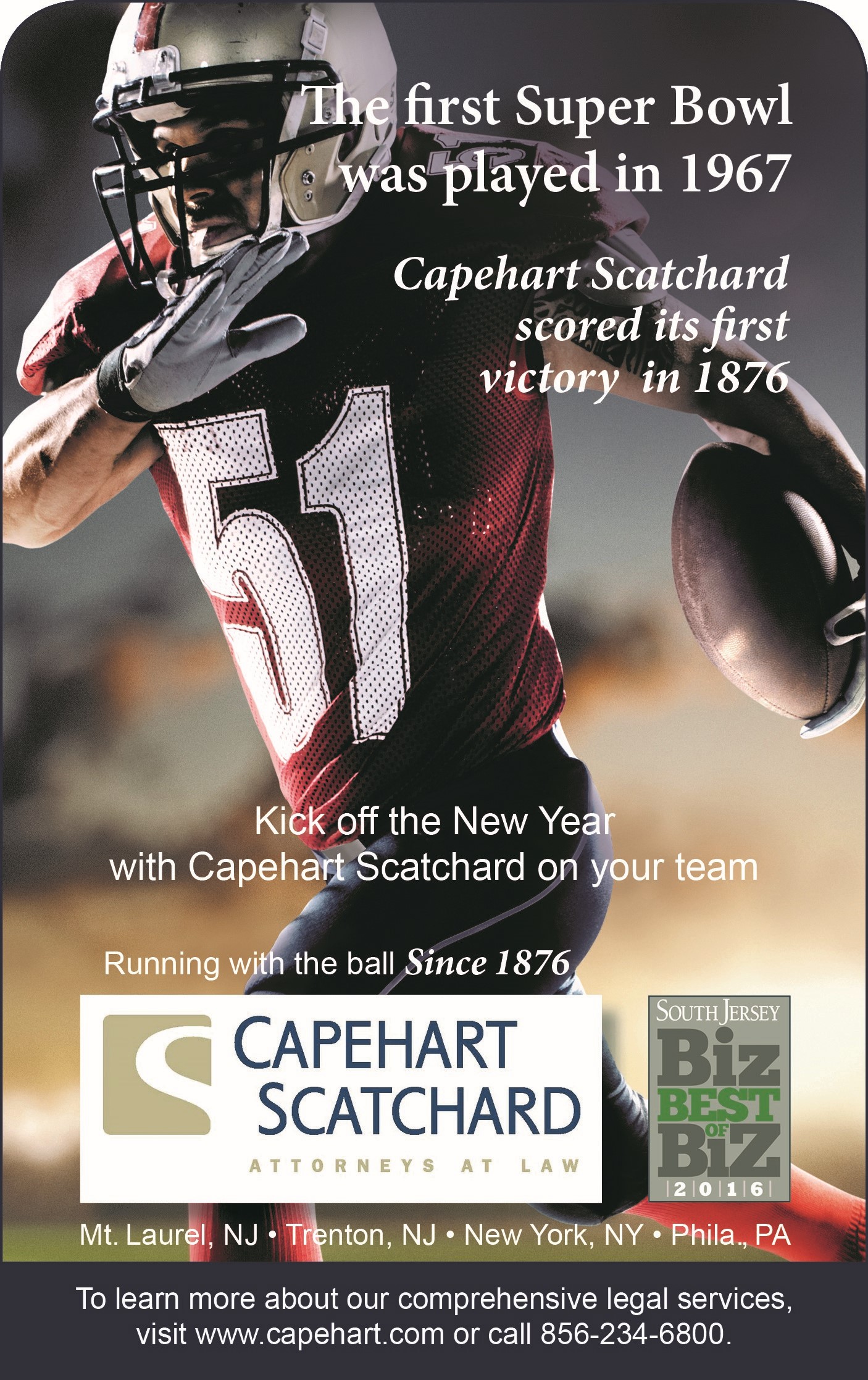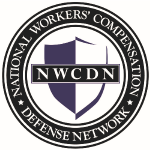The Crucial Importance of Investigating Subsequent Accidents
Workers’ compensation claims professionals know how important it is to ask about prior injuries in workers’ compensation. That information can bear directly on causation and will often lead to credits at the time of settlement. But an underrated area of investigation remains subsequent injuries that take place after the date of the workers’ compensation injury but before the workers’ compensation case actually settles.
Consider a case involving a work-related back injury. The parties have each obtained their IMEs but before settlement occurs, the adjuster runs an ISO report. That report reflects a recent motor vehicle accident involving the low back. This non-work injury is significant enough to lead to orthopedic treatment and a law suit for personal injuries against the other driver. How does this information impact settlement negotiations?
Petitioner’s counsel might argue that it doesn’t really matter because counsel already has an IME estimating 45% permanent partial disability for an unoperated herniated disc and respondent’s counsel has an estimate of 5% permanent partial disability. Respondent’s counsel will maintain that this information is of great importance to consider. To get maximum impact from the new accident defense counsel must obtain all treating records from the subsequent car accident. Let us assume in this hypothetical situation that these new records show treatment at the same level of the spine with a recommendation for future surgery. This could be a game changer and may lead to several results:
- A section 20 settlement for considerably less money than had been anticipated on an Order Approving Settlement;
- An order approving settlement for a lower percentage with a statement that the overall disability is now greater, providing insulation from any reopener; or,
- Perhaps even a trial if the client insists on a dismissal of the case.
The argument that defense counsel has in its favor is that an award of permanent partial disability is based on present complaints, not on complaints given in the past to IME doctors. That is the rule from Allen v. Ebon, which established that awards of permanent partial disability should be based on recent medical evaluations, not stale ones. New exams may have to be ordered. When it comes time to negotiate settlement, defense counsel can argue that the petitioner’s current complaints must inevitably relate to the subsequent injury. The Judge of Compensation will ultimately have to decide whether the current complaints and permanent impairment reflect in part the prior work injury or mainly the new car accident. In this hypothetical one thing is for sure: the new accident completely alters the negotiations and must lower the value of the case where the new injury is to the same body part as the original work injury.
This scenario often occurs in reopener cases. Defense counsel will request answers to reopener interrogatories, and sometimes the answers to interrogatories contain information about a new, non-work injury to the same part of the body that was injured in the work accident. If the original injury was to the neck, and now petitioner admits to a new injury to the neck with a new MRI, what does respondent do? The best argument, of course, should be for dismissal of the reopener.
As mentioned above, step one is to obtain all the new treating records, including any new MRIs, CT scans and x-rays. Step two to send the records to the IME physicians for an opinion on whether the current diagnosis and complaints are causally related to the subsequent accident. If there is evidence that the medical condition at issue has been worsened by the subsequent accident, defense counsel should have a very strong argument for a dismissal of the reopener petition. Counsel for petitioner will try to argue that the condition was getting worse before the new accident occurred. But that seldom makes logical sense. Consider a motorist who got a crack in her car windshield from a fender bender caused by another driver. Then one month later the motorist gets into another car accident caused by the negligence of some other driver, this time knocking out the entire windshield. Would anyone seriously expect the insurance company from the first fender bender to pay for part of the windshield repair? Of course not. The insurance company for the second accident would have to pay for the entire repair.
The lesson is that workers’ compensation professionals need to put systems in place to make sure that a new ISO is run every six months or so during the progression of the case to see if there are new non-work injuries. An ISO doesn’t cost much and it can lead to enormous savings. The ISO may not be the only way to discover this information. Sometimes the treating records, particularly PT notes, may make mention of a new injury; and sometimes the employer is aware of the new injury and communicates this information to the carrier or third party administrator. On occasion a petitioner’s own Facebook page may reveal a new injury. No matter what, when testimony is taken at the time of settlement in support of any award, defense counsel must always ask the injured worker whether he or she has had any new accidents with additional treatment since the time of the accident or initial award.








Connect with Capehart Scatchard